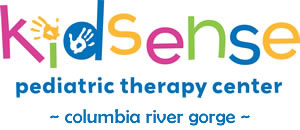What about payments?
We have private cash pay discounts. Most major insurances are accepted: however, this is not a guarantee of payment. We are preferred providers for: Aetna ASSURANT HEALTH CIGNA CoreSource Health Net Healthscape HMA LifeWise Healthplan OR LifeWise of Washington MODA Health PacficSoure Community Solutions Providence Providence Preferred Network PURMSOI Regency BSOR Regency BSWA Tri Care West Region Claims Department United HealthCare WA Medicaid OR Medicaid If your insurance is not on the list, you can still use your insurance in most cases.
